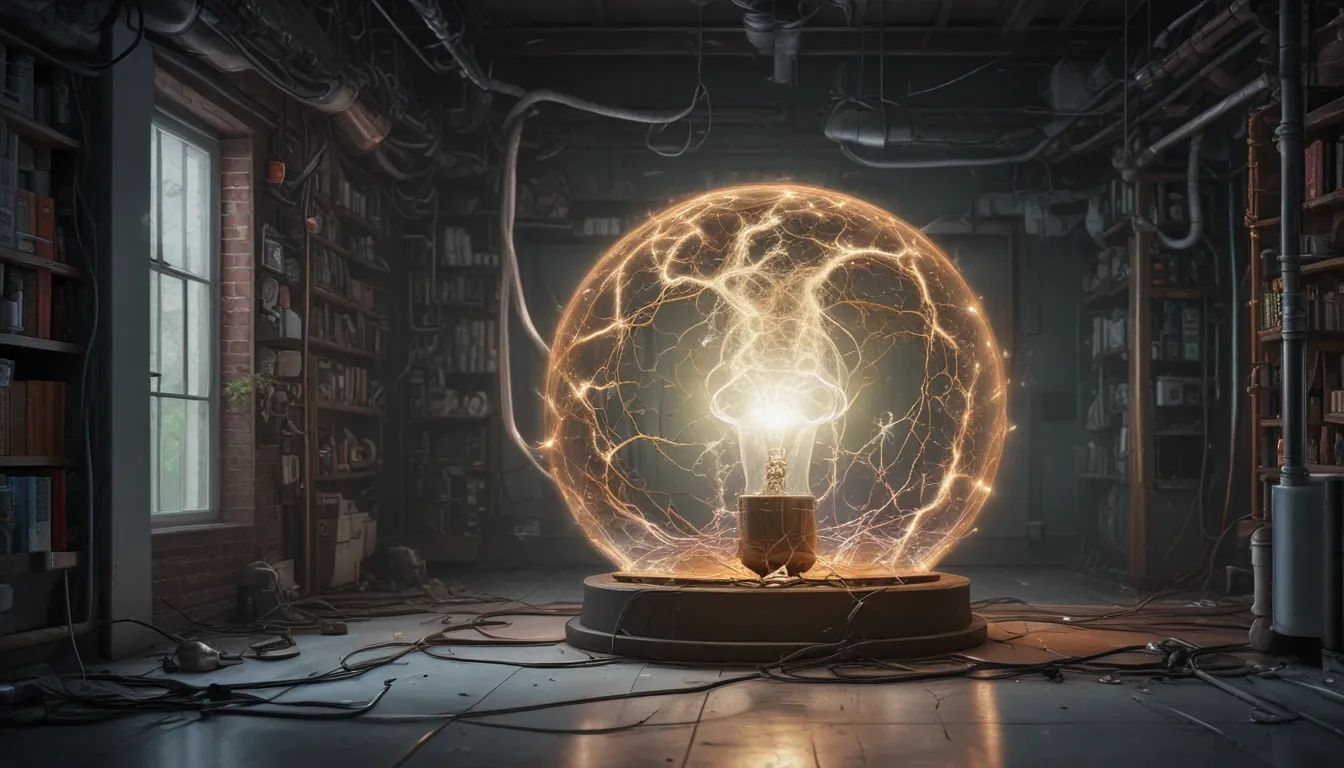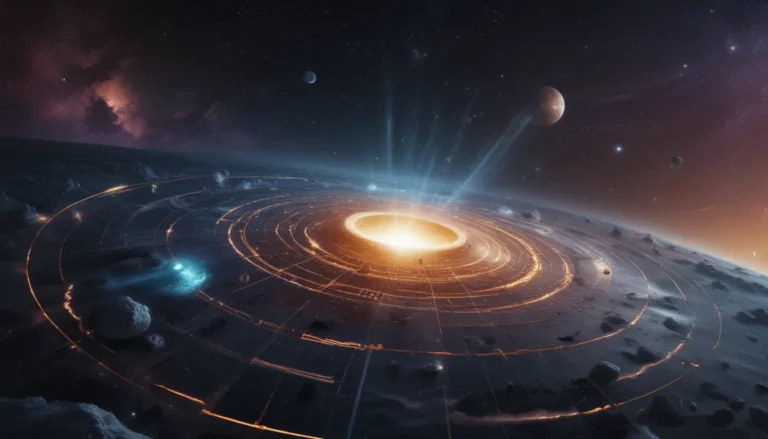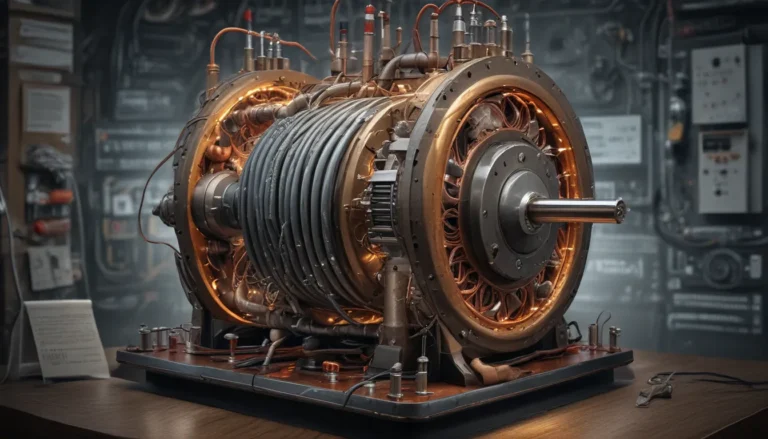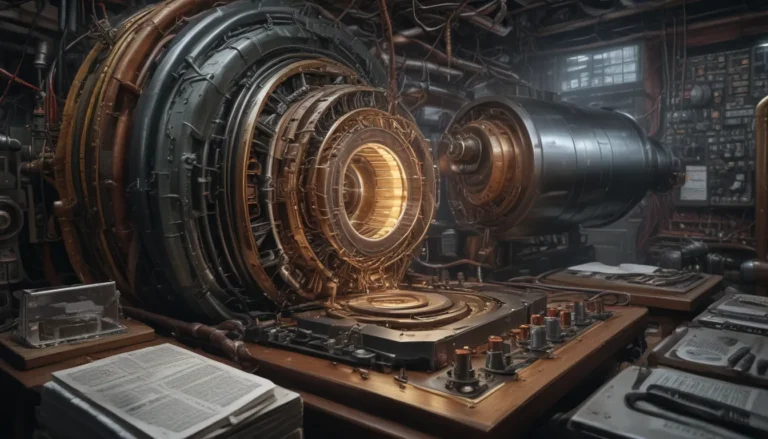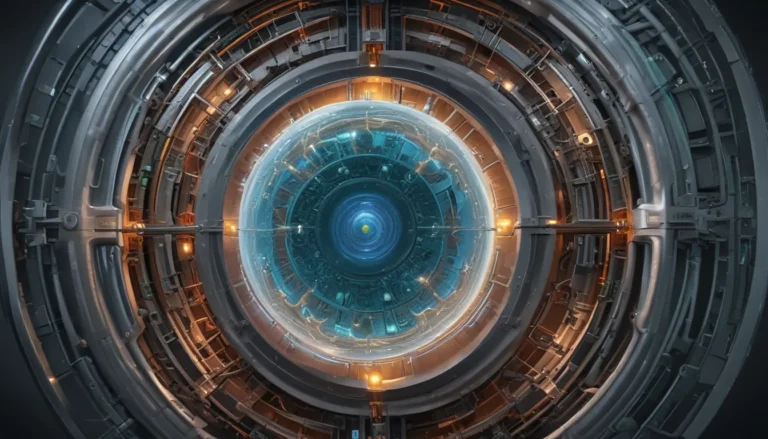A Note About Images: The images used in our articles are for illustration purposes only and may not exactly match the content. They are meant to engage readers, but the text should be relied upon for accurate information.
Electric charge is a fundamental concept in physics that permeates our daily lives, from the electricity that powers our homes to the magnetism that guides our compass needles. Understanding the intricate nature of electric charge is essential for unraveling the mysteries of the universe. In this article, we will delve into eight captivating facts about electric charge that will deepen our knowledge and appreciation of this fascinating phenomenon.
The Fundamental Property of Matter
At the heart of electric charge lies the intrinsic property of matter that governs the behavior of particles like electrons and protons. This property gives rise to electric forces and interactions that shape the physical world around us. By comprehending the fundamental nature of electric charge, we can unlock the secrets of electricity, magnetism, and the behavior of atoms and subatomic particles.
Types of Electric Charge: Positive and Negative
Electric charge manifests in two distinct forms: positive and negative. Protons carry a positive charge, while electrons carry a negative charge. The interaction between these charges leads to the emergence of electric forces that underpin the functioning of electrical devices and systems. Understanding the duality of positive and negative charges is essential for grasping the intricacies of electric phenomena.
Principles of Electric Charge Interaction
Like charges repel, and unlike charges attract – this simple yet profound principle encapsulates the essence of electric charge interaction. Coulomb’s Law governs the force between charged objects, providing a mathematical framework for understanding the behavior of electrically charged particles. These principles form the foundation of our knowledge of electricity and its applications in the physical world.
Quantization of Electric Charge
Electric charge is quantized, meaning it exists in discrete units. The smallest unit of charge is the charge of an electron or a proton, approximately 1.6 x 10^-19 Coulombs. This quantization allows for the flow of electric current and the transfer of energy, shaping the way we harness electricity in our daily lives.
Transfer of Electric Charge through Conductors
Electric charge can be transferred from one object to another through conductors, materials that facilitate the flow of electrons. This transfer of charge is vital for the transmission of electricity in power lines and the operation of electrical circuits. Understanding how charge flows through conductors is essential for designing efficient electrical systems.
Static Electricity and Imbalanced Charge
Static electricity arises from an imbalance of electric charge on the surfaces of objects. This imbalance is often the result of friction or contact between different materials, leading to the transfer of electrons and the buildup of static charge. The phenomena of static electricity can be observed in everyday situations, such as getting shocked by a doorknob or witnessing the attraction of small objects.
Connection Between Electric Charge and Magnetic Fields
When electric charge is in motion, it generates a magnetic field around it. This principle forms the basis of electromagnetism, a field of physics that explores the relationship between electric and magnetic fields. The interaction between electric charge and magnetic fields underpins the operation of devices like electric motors and generators, highlighting the interconnectedness of different physical phenomena.
Conservation of Electric Charge
The total electric charge in a closed system remains constant, following the principle of charge conservation. This fundamental law of physics allows us to track the flow of charge in various systems and understand the behavior of particles at the atomic level. The conservation of electric charge is a cornerstone of our understanding of electrical phenomena and the fundamental forces of nature.
Conclusion
In conclusion, electric charge is a captivating aspect of physics that permeates every aspect of our lives, from the devices we use to the forces that govern the universe. By delving into the intricacies of electric charge, we gain a deeper insight into the nature of matter and the fundamental interactions that shape our world. Exploring the properties of electric charge opens up a world of possibilities, from the generation of magnetic fields to the transmission of electric power.
Electric charge is not just a scientific concept; it is a fundamental force that drives technological advancements and fuels our curiosity about the mysteries of the universe. By expanding our knowledge of electric charge, we embark on a journey of discovery that illuminates the interconnectedness of physical phenomena and deepens our appreciation for the wonders of the natural world. Let the wonders of electric charge inspire you to explore further and uncover the secrets that lie at the heart of this captivating force.
